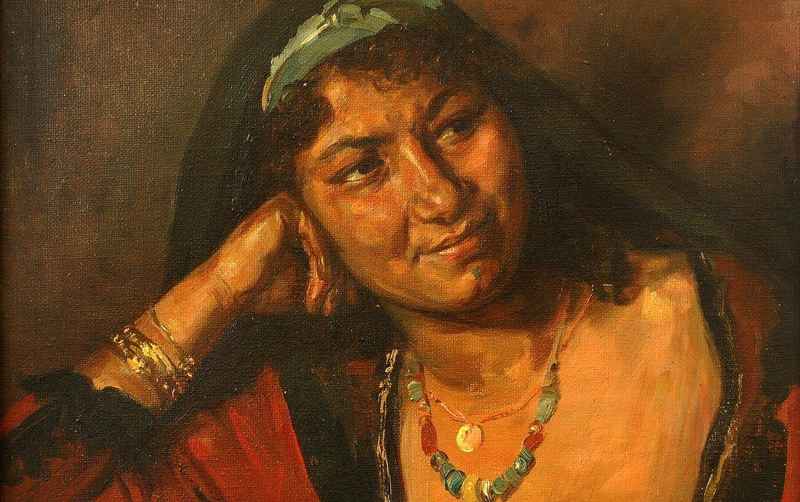Ervand Demirdjian was born in May 1870 in Constantinople where he studied fine arts and graduated with honors in 1890. In 1893 he went to Paris and enrolled in the “Academie Julian” becoming a student to painter Jean Paul Laurens and to the famous orientalist Benjamin Constant. At the same time he worked at the Louvre studying and copying classical works such as Delacroix, Dante and Virgil. (1870-1938)
After returning to Constantinople he was faced with the persecution of the Turks against the Armenians. In 1896 he fled with a group of Armenians and reached Alexandria and from there he moved to Cairo.Together with 2,000 other Armenian refugees he began a miserable life until the local Armenian community led by Decran Pasha did its best to shelter and feed them. After a short time Demirdjian was able to become apart of the Egyptian popular life and started studying their mode of life and mannerism. This led to an enormous quantity of drawings and paintings documenting everyday life.
He participated in some of the annual exhibitions of the Circle of Artists which is the first artistic group in modern Egypt. In 1901 he began lecturing art and teaching in the Khorenian Armenian School where he tutored students privately and the most talented was the knownpainter Diran Garabedian (1882-1963) who became his successor and one of the first avant-garde in Egypt.
Ervand Demirdjian lived and worked satisfied in a flat on a roof ofa khan in M.Ali Street, not far from Islamic Cairo where he got most of his inspiration. But under the pressure of need he began teaching atAnathor School in Boulac and from time to time he accepted commissions to paint portraits.

View Ervand Demerdjian Paintings
Demirdjian is known for his orientalistic subjects where he excelled in the the social scenes of old Cairo and the Nile. To summarize his work we can say that Demirdjian began as an orientalist but later during his creative years he became truly an Egyptian artist and that is why he can be classified as both. In addition he was the first Armenian Egyptian professor painter in modern Egypt.